Find the domain of the following set:
{(2, 1) (-1, 0) (-1, 3) (0, 2) (-5, 1)}
D: {-5, -1, 0, 2}
Identify the domain and range of the following:
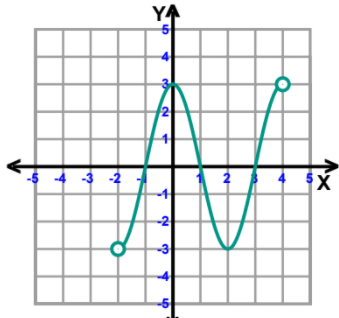
D: (-2,4)
R: [-3,3]
Does the following represent a function? Why or why not?
{(2, 1) (-1, 0) (-1, 3) (0, 2) (-5, 1)}
No, -1 has two different outputs.
Is the relation a function? If so, is it 1-1?
{(4,3), (2,4), (7,3), }
A function, but not 1-1.
Find the range of the following set:
{(2, 1) (-1, 0) (-1, 3) (0, 2) (-5, 1)}
R:{0, 1, 2, 3}
What is the domain and range of the graph?
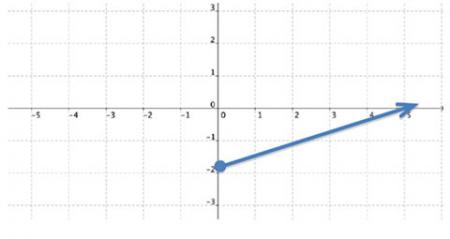
Domain: [0, infinity)
Range: [-2, infinity)
Does the following represent a function? Why or why not?
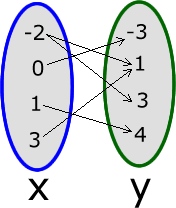
No because -2 goes to both 1 and 3.
Is following graph a function? If so is it 1-1?
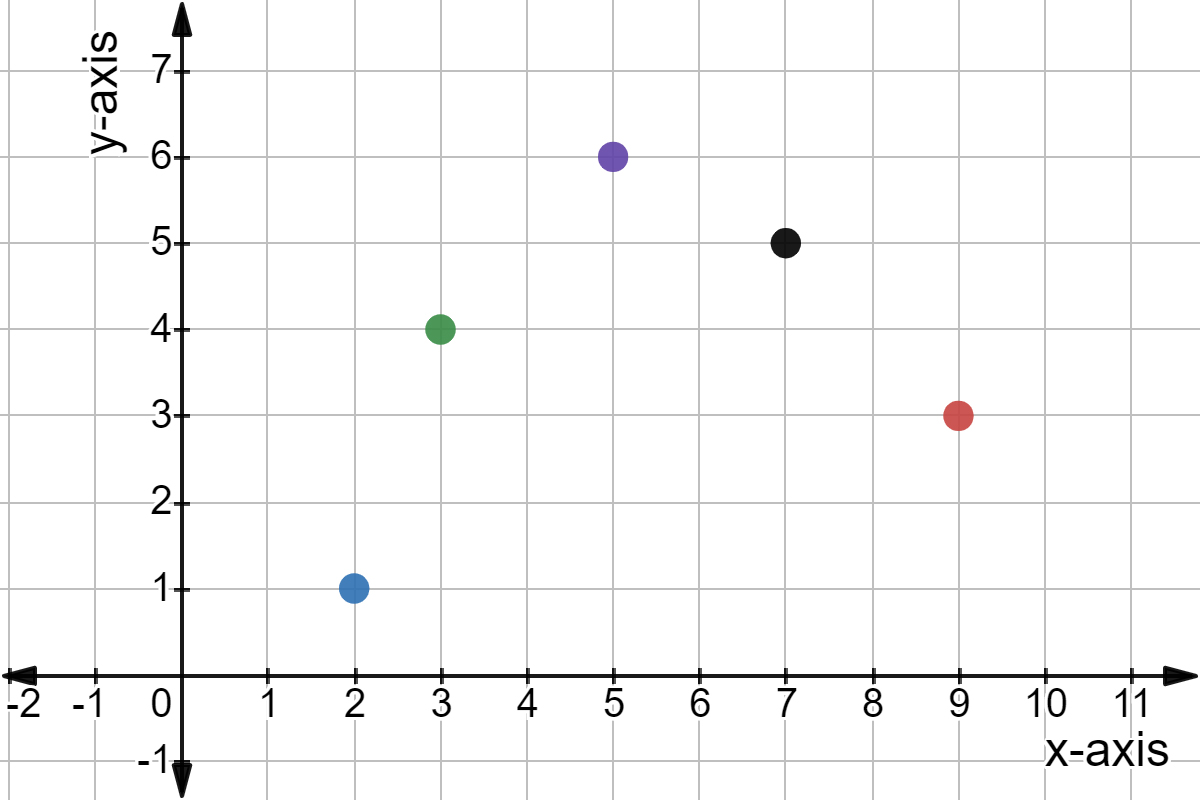
A 1-1 function
Find the domain and range of the following:
{(0, 1) (0, 2) (0, 0) (0, -2) (0, -8)}
D: {0}
R: {-8, -2, 0, 1, 2}
What is the domain and range of the following?
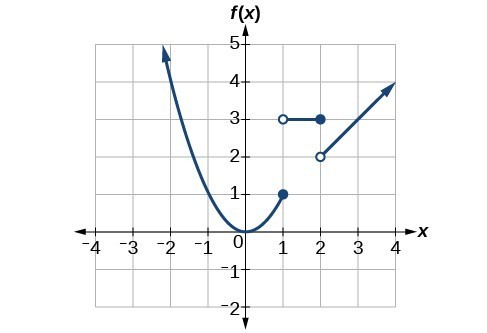
Domain: All real numbers
Range: [0, infinity)
Is the following a function?
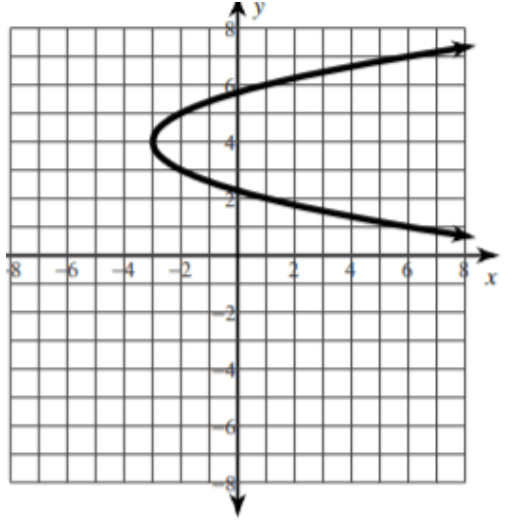
No, it doesn't pass the vertical line test.
Is this a function? If so, it 1-1?

A function, but not 1-1.
What is the domain of the following?

{2, 3, 5, 7, 9}
What the domain and range of the following?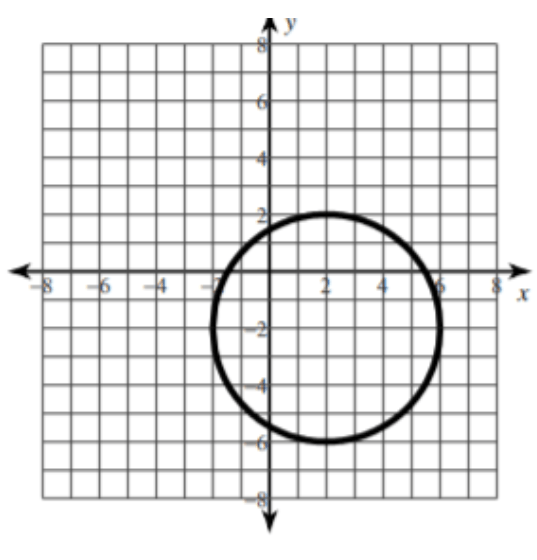
D: [-2 , 6] R: [-6 , 2]
Is the following a function?
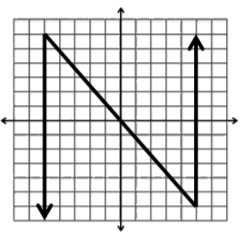
No, it doesn't pass the vertical line test.
Is this graph a function? If so, is it one-to-one?
Not a function
Draw a graph with a range of [2,5] and a domain of
(-oo,oo)
Multiple answers
Identify the domain and range of the following graph.
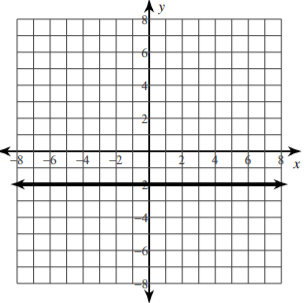
Range: {2}
Domain: All real numbers
Is the following a function? Why or why not?

Yes. Every input has only one output. The holes in the graph make it so that no x values will repeat.
Identify the domain and range of the following graph.

Yes, it passes the vertical line test, but it is not 1- to -1